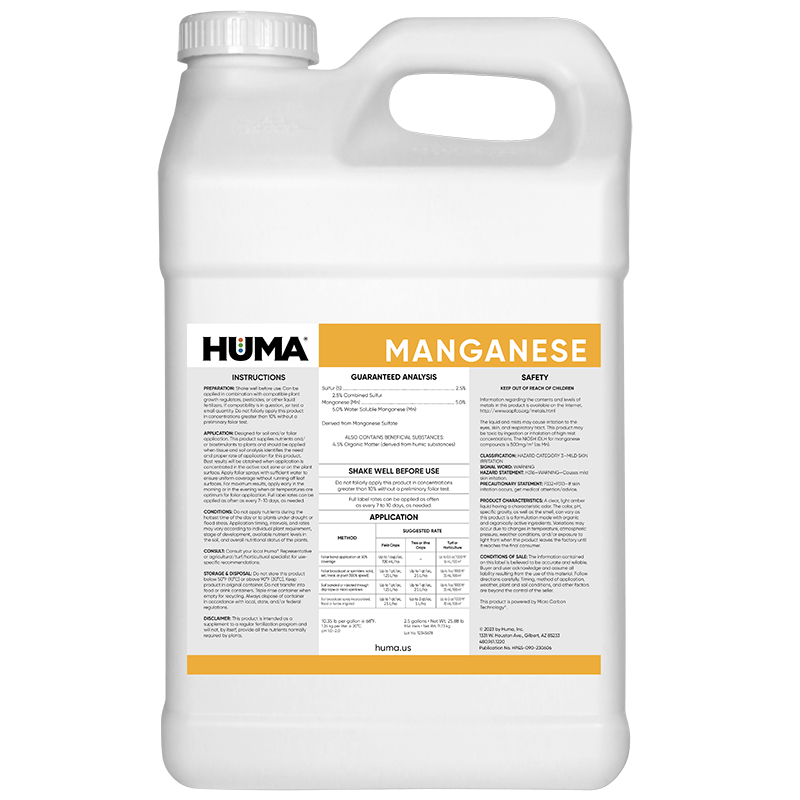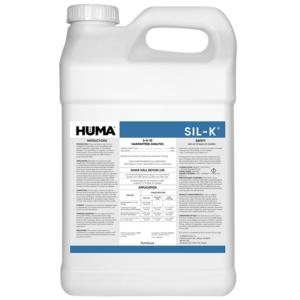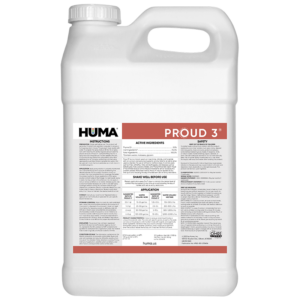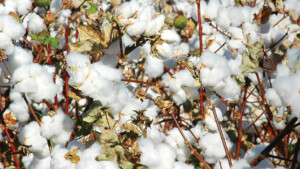Manganese
Benefits of Use:
- An enzyme activator that aids in chlorophyll synthesis
- Closely associated with the micronutrients copper and zinc
- Activates the lipid enzymes
- Essential for assimilation of carbon dioxide in photosynthesis
- Functions in the formation of riboflavin, ascorbic acid, and carotene
- Improves formation of lateral roots
Deficiency Symptoms—When to Apply:
- Chlorosis and/or mottling due to manganese deficiency
- Plants may be pale green to yellow-red in color between green veins on soybeans, tomatoes, and beets
- Tips of small grains turn gray to white (gray speck in oats)
- In neutral to alkaline soils high in calcium and in organic soils where manganese is less available
FAQs
Related Videos
Nutrient Requirements for Pecan Trees
Pecan grower Josh Bowman of First Fruit Orchards discusses macronutrient and micronutrient recommendations and timing for pecan trees.
Learn More
Huma® Micronutrients and Secondary Macronutrients
Huma liquid micronutrient and secondary macronutrient fertilizers with Micro Carbon Technology (MCT) are extremely efficient. MCT improves nutrient uptake so you can get the most out of your crops. Deliver micronutrients and secondary macronutrients exactly
Learn More
Related Products
Related Case Studies

Huma Pro® Mix, pH-Stable Liquid Humic Acid Product, Increases Corn Yield
Conducted by: Bruce Kirksey, PhD, Agricenter International, Memphis, Tenn. Huma® Product: Huma Pro® Mix Background Scientific research shows that humic and fulvic acids are biostimulants—enhancing nutrient availability and uptake, improving plant root growth and mass, and impacting both crop yield and quality. Humic acid products are not all the same. They are marketed in solid...

Zap® Improves Soil Biology and Soil Structure
Objective Huma® Zap® has been shown to improve crop yield and soil conditions. This research investigated some of the ways Zap improves soil characteristics such as soil biology and soil structure. Materials & Methods Two sets of soil in containers received two different solutions. The first received 120 ml of only water and the second...

Huma® MicroMate Humic Acid Makes More Blooms, Faster, on Commercial Petunias
Objective Speeding up the maturity timing of flowers and having more flowers on commercial ornamental plants will make them more marketable and help flower growers produce more potted flower plants per year. The focus of this study was to assess the effects of a natural humic product from Huma® called Micromate on the speed of...
Related Blog Posts

This Week in Ag #62
Last week my wife and I frequented a rather posh coffee shop in Gilbert, AZ. I was wearing my “God Made a Farmer” t-shirt, likely not common attire for such a place. Yet the number of compliments I received about it was astounding. The well-to-do clientele ranged from fancy-iced-coffee-drinking twenty somethings to retired couples. But the tenor...

March 22 Is National Agriculture Day
National Agriculture Day is celebrated on March 22. This 49th anniversary of National Ag Day is being celebrated in classrooms and communities across the country with a 2022 theme of “Growing a Climate for Tomorrow.” In a virtual Ag Day event, the Agriculture Council of America (ACA) will bring approximately 100 college students to Washington...
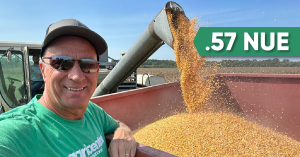
This Week in Ag #47
Nitrogen Use Efficiency has quickly become part of the vocabulary surrounding sustainability. But NUE is more than just a buzzword or another fancy acronym. NUE is the benchmark for nitrogen management. You’ll often see it used to measure the amount of nitrogen used to produce a bushel of grain. NUE is a pillar for calculating...

